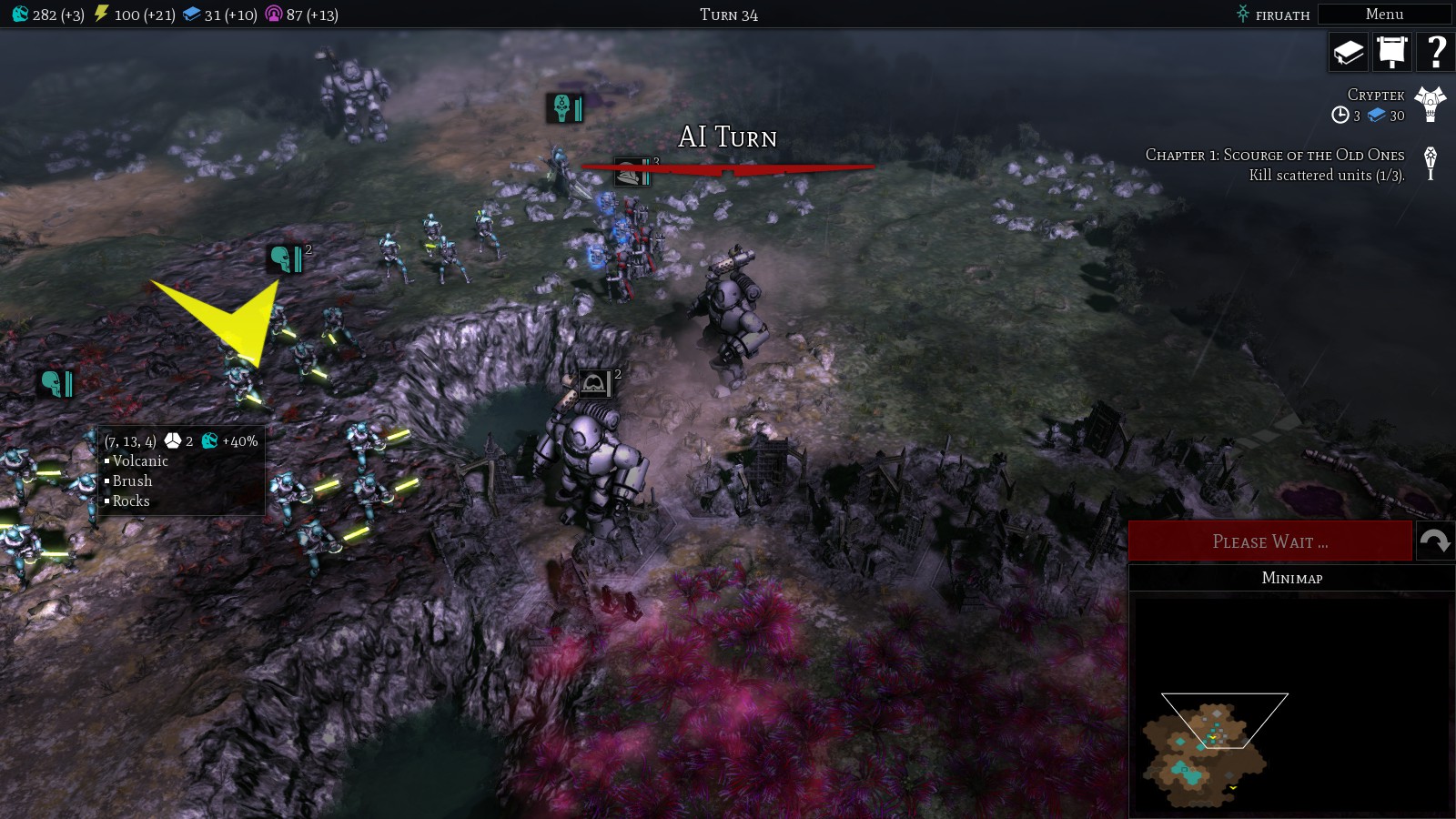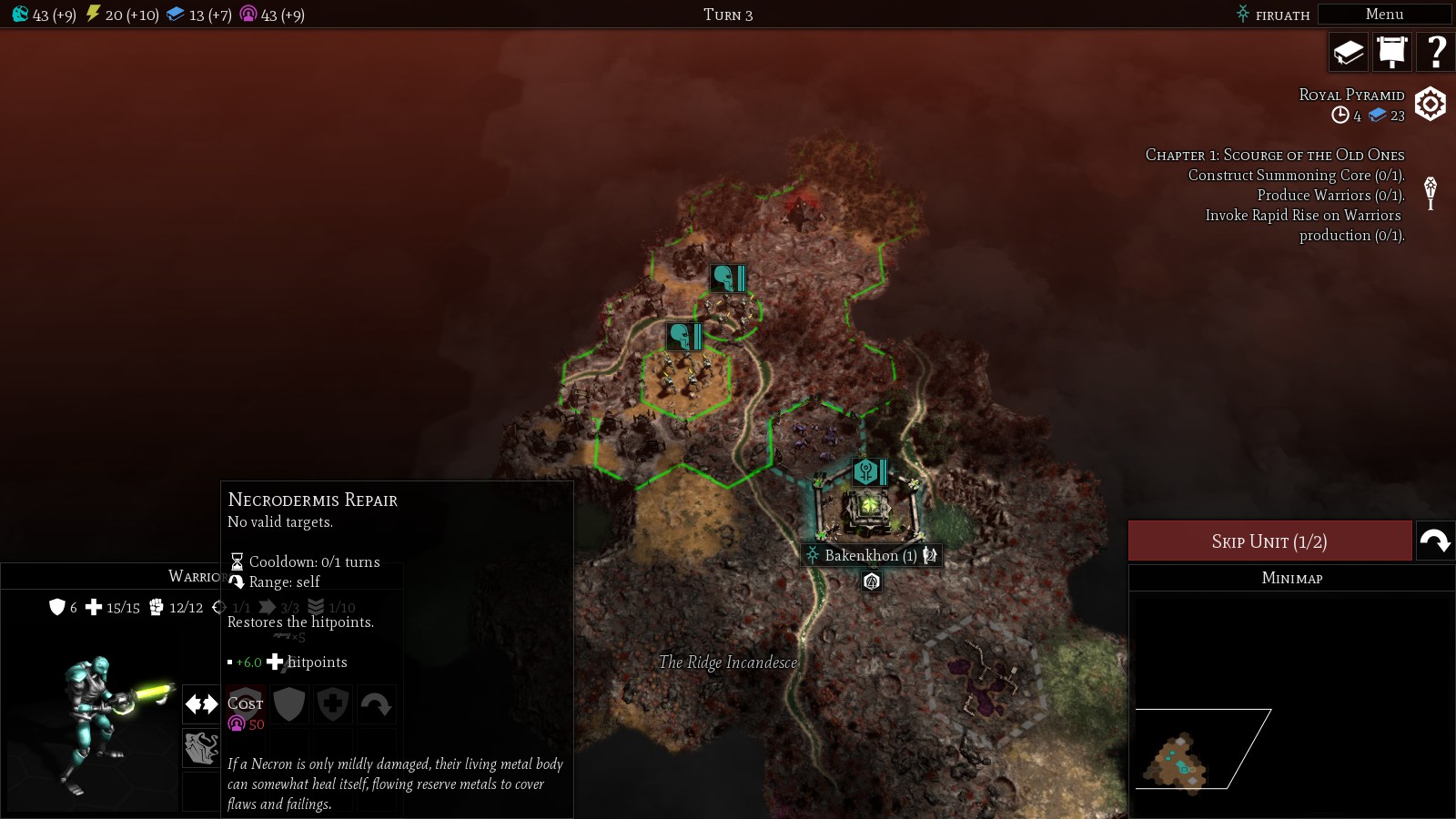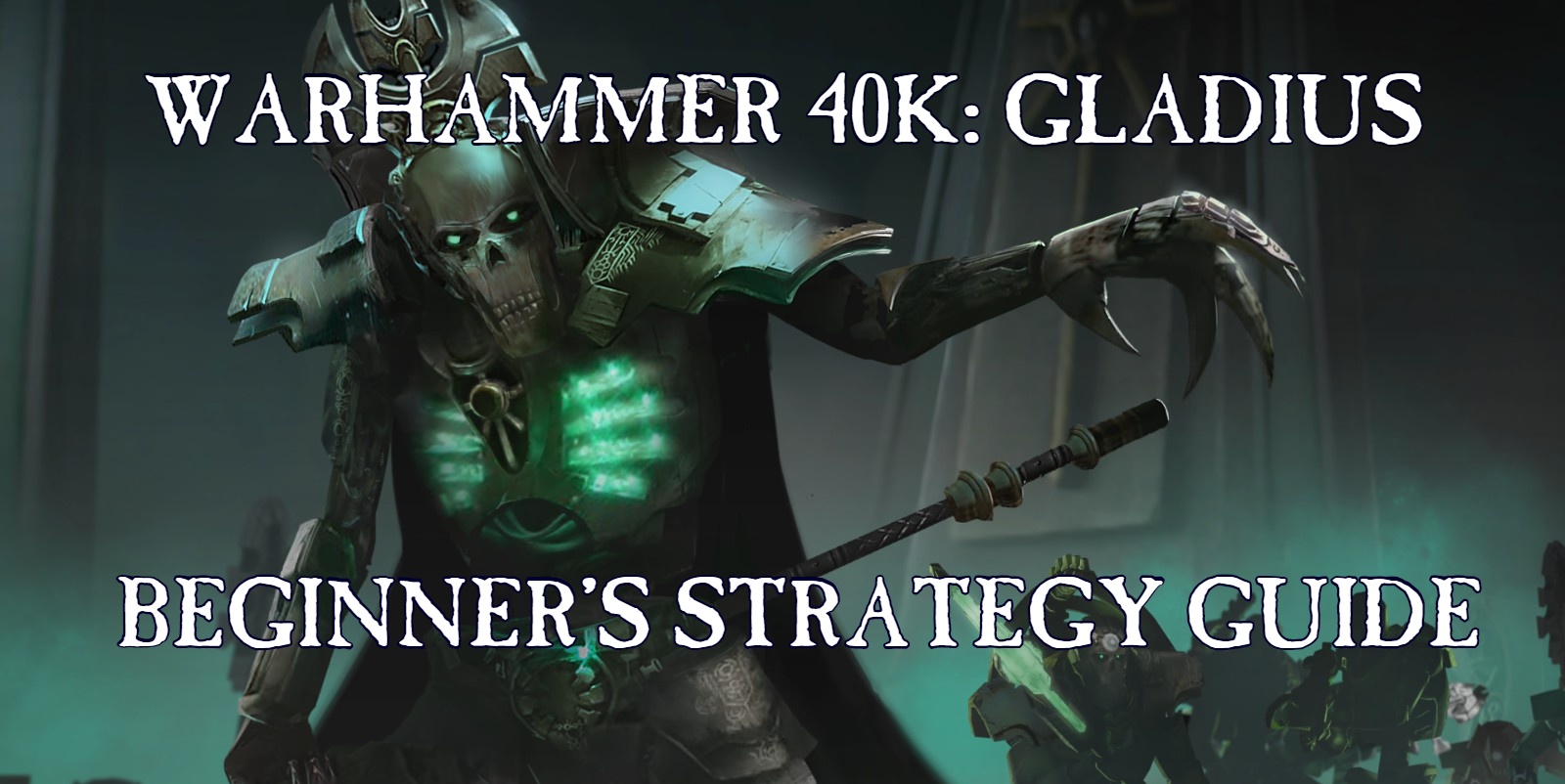There’s a million ways to wage war in the grim darkness of the 41st millenium, and now with Gladius we finally get to purge the unclean in 4X style!
Unlike your typical 4X game, there’s absolutely no diplomacy involved here at all, so your only concern is in expanding and exterminating while you research new abilities. For those new to the genre, we’ve got a run down of everything you need to know once you complete the tutorial and start trying to conquer a planet.
Gladius Basic Tips And Strategies
When just getting started in the game, Space Marines or Necrons are the way to go. There aren’t as many new mechanics to learn, and the starting units for those factions will be more equipped to handle the enemy forces.
Once you get into the thick of it, there are some tactics to learn that are a bit different from the RTS or FPS versions of Warhammer. First up, hold ALT while hovering over an enemy unit to see exactly how much damage it deals and learn the unit’s range to formulate your attack and defense strategy.
While moving units, stay out of the pink wire weed hexes until they are cleared, as they will damage each unit that moves through. You can use this to your advantage in some cases to lure enemies into a choke point, however.
 Wire weed funnels these units into a firing alley
Wire weed funnels these units into a firing alley
Keep a close eye on each unit’s range and firing power, which varies wildly between factions and units. Combat units have more stats and mechanics here than in other 4X games, so maximize your fire power by being within the sweet spot on range for the most damage.
Keep in mind that you can fire through friendly tiles without impediment or penalty, and firing ranges include diagonal hexes.
Each combat unit has an automatic overwatch / retaliation — but only if they didn’t act in that turn. They can move, just not act, and still retaliate. Using this strategically gets you extra attacks as enemy units come your way.
Conversely, it can be mean getting torn to shreds as your army moves towards a bunch of units who haven’t acted and get off their retaliation shots, so its better to lure them to you unless you have overwhelming numbers.
Finally, don’t forget the special abilities that many base infantry units have. Necrons for instance can heal themselves without having to waste a turn standing still like other faction units, which keeps them in the fight a lot longer.
 Necrodermis Repair effectively keeps Necron soldiers alive 1 1/2 times as long as other units
Necrodermis Repair effectively keeps Necron soldiers alive 1 1/2 times as long as other units
Gladius Combat and Expansion Strategy
This is Warhammer, so the combat elements of the 4X genre are front and center. In the early game, building up a sizable army is more important than acquiring resource tiles or researching new abilities. Your first order of business should be an infantry production building, and you should keep it running constantly.
Large forces won’t typically follow you all the way back to your base, so if you find an overwhelming force in the early game (like three Kastelan robots, an enginseer squad, two infantries, and a whole lot of Kroot hound fodder) retreat is a very valid option.
This is especially true since your buildings can launch attacks of their own against invading forces. When you can’t break through a wall of enemies, start exploring the map in a different direction until you can come back and handle the threat. There’s an exception here though — nearby enemies tend to scatter when you fully destroy a unit, so if you can take down a weaker group, you can potentially give yourself breathing room to keep exploring the area.
After producing some infantry, you want to build your faction’s hero production facility and pump one out quickly to pick up the items found in ruins. Infantry and vehicles can’t pick up specialty items, and only heroes are allowed to carry them.
Your heroes don’t have to physically go to the ruins, however. Your infantry can explore the ruins first, then when you have a hero just click the item icon in the upper-left corner of the screen to grab all of them that have been discovered so far and equip them to heroes.
Once your army is handled, its time to start keeping up with your expanded resource requirements. Icons for buildings in the cities are tiny and hard to keep track of, so you need a plan ahead of time in how you are going to expand.
Its crucial to know that most tiles can hold more than one building, so strategic placement of buildings is important to keep pace with resource requirements when you hit the mid-to-late game. Always take advantage of extra energy, resource, and ore output with any building that is placed down on a corresponding tile type.
Note that each faction has a different building layout and overall strategy. Necrons can build multiple cities by using tomb hexes, with the Space Marines only get 1 starting city point that can expand with hubs. Stay tuned for a full guide explaining the abilities and buildings of each faction coming soon.
 Matching resource bonuses to building types
Matching resource bonuses to building types
Do you have any other Gladius tips and tricks for players just getting started in this foray into 4X with 40K? Leave us a comment with your best strategy below!







Published: Jul 6, 2018 01:05 pm